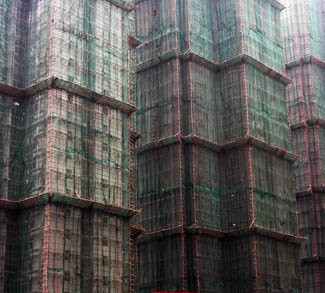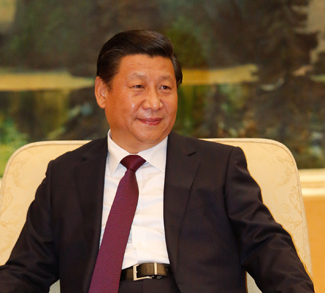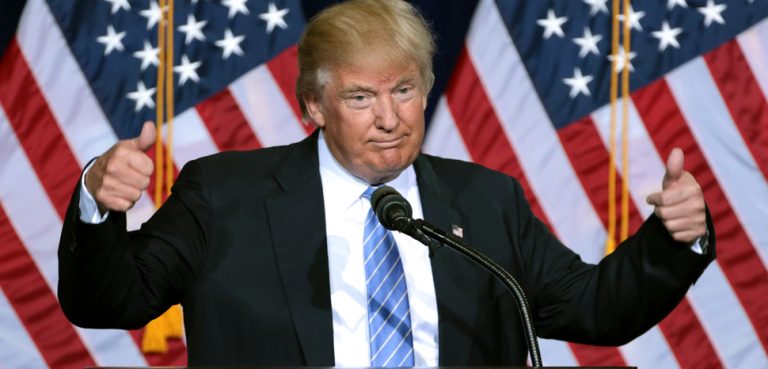Background
The Chinese government has a $3.5 trillion-dollar problem in the form of local government debt. Most of it accrued in the years between 2007 and 2014, when China’s total debt spiked from $7.4 trillion to $28 trillion, or from 158% of GDP to 282%.
At fault was a massive government fiscal and monetary stimulus program launched in the wake of the global financial crisis. The program succeeded in producing enough infrastructure and real estate projects to weather the economic storm admirably, but it did so at the cost of creating excess supply and a long list of insolvent ventures, many of which were financed by local governments.
Now Beijing is faced with the task of cleaning up this mess, and doing so won’t be easy. Local governments have since been capped on the amount of debt they can take on, and a pilot project for converting local debt to municipal bonds is slowly being implemented, though there are questions concerning the market demand for such bonds.
There will be tradeoffs every step of the way since this is often a question of short-term pain for long-term financial stability. Many observers are starting to draw parallels between China’s current situation and that of Japan’s leading up to its major economic crash in the 1990s. Both suffered from high levels of debt that policymakers were hesitant to write off for fear of a crash; both faced conflicts of interest from state-owned banks; and both bounced their debt problem around by providing easy liquidity in times of tepid growth.
Analysis
Ever opaque, it is still possible to glean Beijing’s attitude towards the problem by examining recent policy moves meant to stabilize the market and bring debt under control.
In early May the People’s Bank of China took many by surprise when it cut its interest rate by a quarter percentage point to 5.1%. This move can be filed under ‘short-term gain’ as it potentially exacerbates the problem by funneling more easy money to non-performing projects. This also could be a response to the fact that real interest rates, stretched by deflationary pressures, are dishing out pain to China’s major industrial producers.
A much more telling indication of Beijing’s attitude came last Friday in the form of a directive barring banks from cutting funding to insolvent, local-government initiated projects. The order states that even if local governments are unable to make interest payments on existing loans, the terms of the loan must be renegotiated to avoid a default. Here is an extreme example of ‘kicking the can down the road,’ in terms of the debt problem. A solution to the problem has not been worked out yet, and tentative ones such as the debt-to-bond scheme seem to be faltering. In this context of looming debt, deflation, and an expanding stock market bubble, Beijing does not want to risk a string of defaults triggering a panicked capital flight.
In the similarities it shares with the Japanese government’s aversion to allowing market forces to correct economic inefficiencies during the early 1990s, the Chinese situation is troubling. However, the Chinese authorities are armed with all-important historical perspective – they are aware of what happened in Japan and are committed to avoiding a repeat. So when they kick the debt can down the road, we can only hope that they’re buying some time to come up with a robust financial reform package that will solve the problem for good. If not, we will be seeing fireworks in Chinese stock markets sooner or later.




